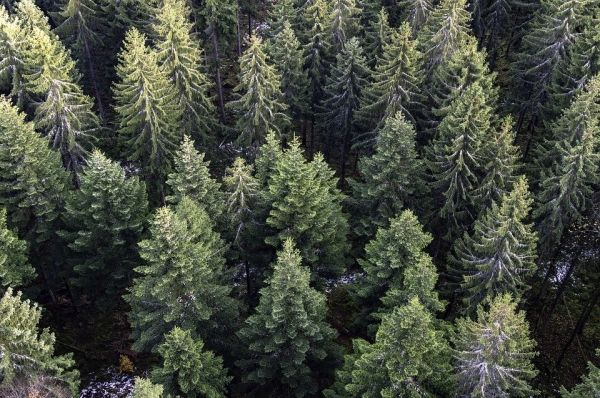How much carbon dioxide, a pivotal greenhouse gas behind global warming, is absorbed by plants on land? It’s a deceptively complicated question, so a Rutgers-led group of scientists recommends combining two cutting-edge tools to help answer the crucial climate change-related question.
“We need to understand how the Earth is breathing now to know how resilient it will be to future change,” according to a paper in the journal Bulletin of the American Meteorological Society.
Global observations suggest that natural ecosystems take up about as much carbon dioxide as they emit. Measuring how much carbon dioxide is absorbed by plants on land is complicated by the carbon exhaled simultaneously by plants and soils, the paper notes.
While plants absorb a portion of the increasing emissions of carbon dioxide from fossil fuel burning, scientists have a difficult time determining how much, said lead author Mary Whelan, an assistant professor in the Department of Environmental Sciences in the School of Environmental and Biological Sciences at Rutgers University–New Brunswick.
Read more at Rutgers University
Photo Credit: OrcaTec via Pixabay


